His guitars helped launch rock’n’roll but Leo Fender could not play a note
The Fender guitar is the instrument of choice for many guitarists, but the man who created it was unable to play his own instrument
When it comes to playing solid body electric guitars, you are either a Gibson or Fender fan. While some guitarists play both and some prefer other brands (many of which are just Fender or Gibson knock-offs), Fender and Gibson have dominated the music market and the airwaves for decades.
But despite eventually becoming cool and fashionable among rock music’s elite, both brands had slightly nerdy origins. Orville Gibson, who founded the Gibson Guitar company was a self-taught luthier (instrument maker or repairer) who began his career making mandolins and played guitar left-handed. The electric Gibson was designed by a jazz guitarist Les Paul (Lester Polfuss).
The founder of Fender guitars, Leo Fender, born 110 years ago today, was an electronics geek who couldn’t play a note. A country and western fan, his first guitars were Hawaiian steel slide or lap guitars. Normally used in American country music, these were a far cry from the instruments preferred by guitarists such as Buddy Holly, Hank Marvin, Mark Knopfler and Eric Clapton (who controversially switched from playing Gibsons to mainly Fenders in about 1969). Fender guitars were the first to be mass produced, making them more affordable to budding musicians and thereby broadening the talent pool of potential rock stars.
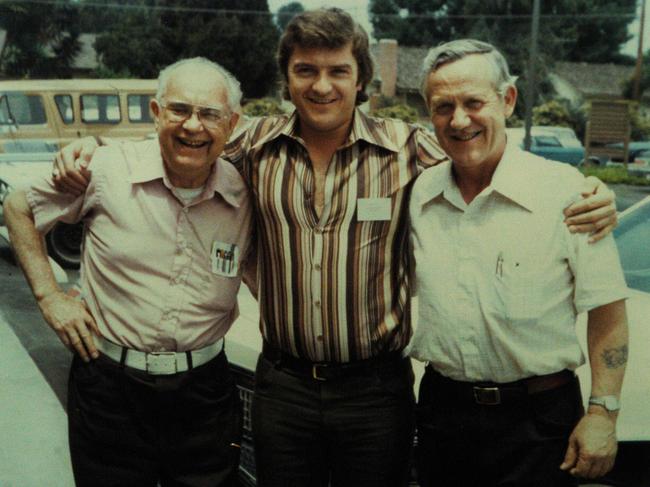
Today, Fender’s original Telecasters and Stratocasters are worth thousands of dollars, prized by both collectors and musicians. In June this year a black Fender stratocaster played by David Gilmour on Pink Floyd’s album The Dark Side Of The Moon sold for $5.7 million, a record price for any guitar. It was a record that Leo Fender could never have imagined when he first began mucking around with electric guitars.
He was born Clarence Leonidas Fender on August 10, 1909, in Anaheim, California in the US. His parents owned a farm where they grew oranges, melons and an assortment of vegetables. At the age of eight Fender lost an eye in an accident on the farm. An uncle who worked at an auto electrician shop helped him out with his passion by collecting discarded electronic components from car radios that came in for repair and giving them to Fender who assembled his own electronic devices including a radio.
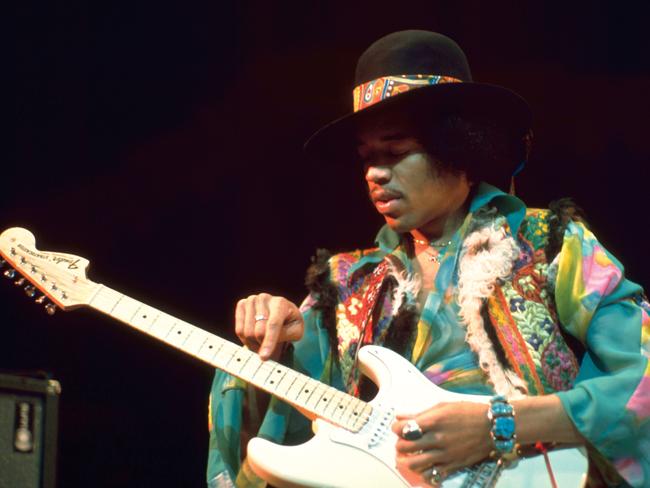
As a result he also developed a passion for music. But despite being given piano and saxophone lessons as
a child, he never really took to either instrument and preferred listening to others play. After graduating from high school he was on a career trajectory toward becoming an accountant but continued his tinkering, teaching himself about electronics. After graduating from college he got a job as a delivery man with an ice company, later becoming their bookkeeper. But people knew about his self-taught expertise with electronics and commissioned him to make or repair devices. One of his first commissions was a PA system for a local band.
He lost his accounting job during the Depression, so in 1938 he borrowed money to start his own repair shop, the Fender Radio Service. When the US entered World War II, Fender avoided the draft because of his glass eye. Many radio factories at the time were turned over to war production. Because people couldn’t buy new radios they were forced to get old ones repaired. The abundance of spare parts available meant Fender’s shop thrived.
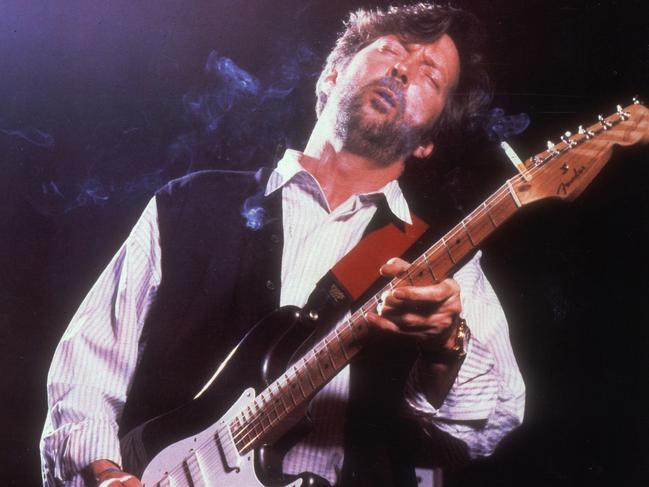
He gained a reputation among musicians and many brought electric pick-ups, mainly used for string instruments, to his shop for repairs.
One of his clients was guitarist Clayton “Doc” Kauffman, who had once worked for Rickenbacker, the first guitar company to make electric guitars. Kauffman was also an inventor who had invented a guitar tailpiece that could vary the pitch to produce vibrato (a precursor to the “whammy” bar or tremolo arm).
At the time electric guitars were still basically either acoustic guitars with pick-ups attached or acoustic guitars with pick-ups built in.
Fender was intrigued by the possibilities and suggested they team up. In 1944 they formed K & F Manufacturing, and Fender soon patented his own pick-up design, which they used in their amplified slide guitars, the first ones were sold in the form of a kit.
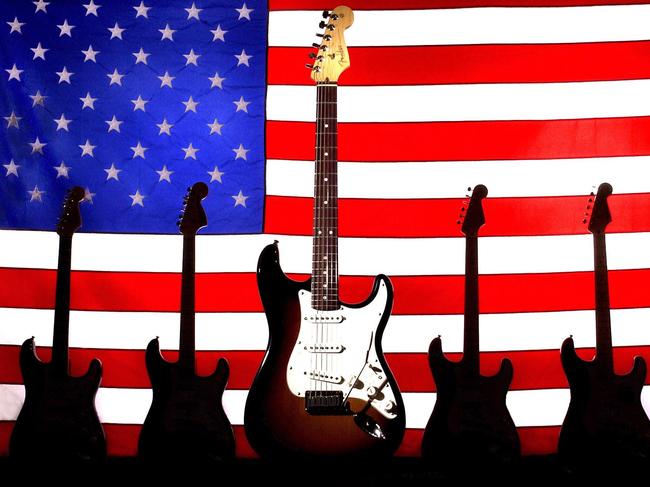
The first guitars needed some refining, but when Fender then suggested expanding the line, in 1946 Kauffman left the company and it was renamed the Fender Manufacturing Company. The company began manufacturing amplifiers and in 1949 Fender produced a prototype for a solid body electric guitar, with help from a former marine and Lockheed aircraft machinist, George Fullerton.
At the time big bands were going out of vogue and smaller combos were becoming the norm. Guitarists, once relegated to playing rhythmic chords were now performing more
solos and playing melodies. But the big acoustic guitars with pick-ups were too bulky, and most pick-ups were not designed specifically for guitars.
Musicians were also looking for instruments that were more portable, playable and durable. Fender’s guitars were tailor-made for a new generation of musicians.
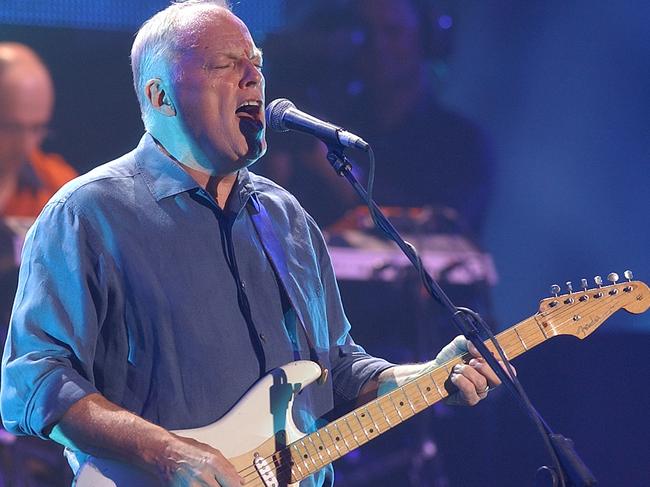
One night in 1949 he turned up at Riverside Rancho dance hall in California and loaned one of his prototypes to well-known country guitar picker Jimmy Bryant. When he started to play the band and the dancers all stopped to listen to this new sound.
Fender’s first efforts, the Esquire (first sold in 1950) and the Broadcaster, which replaced it a few months later, had some problems but he continued to refine the design, consulting with a growing number of musician friends, and in 1951 introduced the Telecaster.
It was derided by some as a “boat paddle” but it didn’t take long for musicians to warm to the instrument. He further refined his guitars introducing the Stratocaster in 1954. This sleek looking guitar with its tremolo arm was created bang on cue for the rock’n’roll era.
The Fender competed with the Gibson for dominance among rockers. Fender sold the business in 1965 and went to work for the Music Man. In 1979 he started new brand G&L with Fullerton. He died in 1991.



